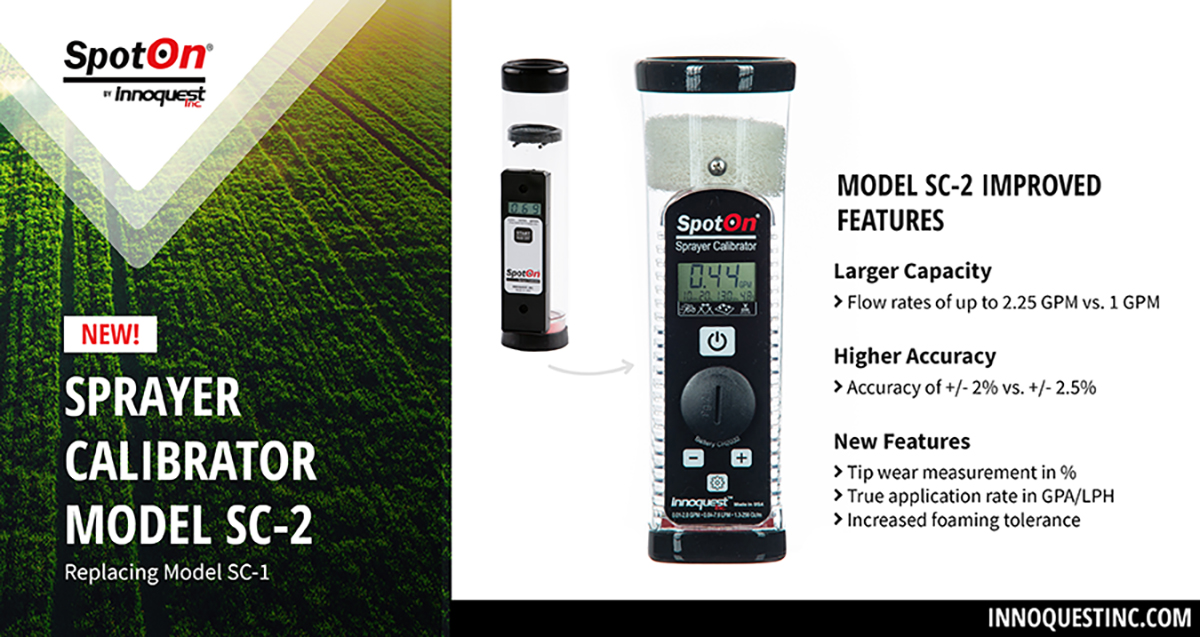Webinar: Managing Fall Fertilization
Fall fertilization offers several benefits, including lightening the workload throughout the year and ensuring nutrients are available in the spring. It also helps growers manage time, crop nutrients and, ultimately, the bottom line.
The use of best management practices and fertilizer-efficiency products can produce savings by protecting applied fertilizer from losses. This was the subject of CropLife Media Group’s Webinar “Managing Fall Fertilization,” presented by Gary Tuxhorn, agronomy technical services manager, United Suppliers Inc., and Jake Sanders, Specialty Fertilizer Products’ (SFP) vice president of market development.
Soil Testing
During the Webinar, Tuxhorn discussed crop response curves, application methods and soil testing and interpreting results.
There are two basic levels of the crop response curve, he said. “In the first level, there are visible deficiency symptoms,” Tuxhorn said. “For example, if there’s a phosphorus deficiency, you’d see a shortening of the internodes. For nitrogen or sulfur deficiencies, you’d see a yellowing of the plant.”
The other level within the crop response curve is what Tuxhorn called “Hidden Hunger.” “You don’t have obvious visual deficiency symptoms, but you’re also not getting the yields you’d like to see,” he said.
The crop response curve is typically divided into five soil test zones: Very Low, Low, Optimum, High, Very High. “We can use these five zones to guide us to how much fertilizer to apply,” he said.
Tuxhorn said there have been four basic methods of applying fertilizer over the years. They are:
Mining. Mining the soil means applying less fertilizer than what is being taken out with the crop.
Build. With the build method, the amount of fertilizer being applied is adjusted depending on the soil test category.
Maintenance. One of the older fertilizer application methods, maintenance programs require whatever fertilizer the crop removes, the same amount is re-applied regardless of soil test category.
Sufficiency. The sufficiency method varies according to optimal economic return during the year of application. “Nitrogen (N) has been applied using this way for a long time,” Tuxhorn said. “A lot of universities are now recommending a sufficiency approach with phosphorus and potassium.”
Interpreting soil test categories can be challenging, Tuxhorn said. “Soil testing can vary lab to lab and state to state,” he said. “You must make sure the soil extract is the one that is calibrated for the response curve that you’re looking at. Also, be careful that you are explaining soil tests to growers as they apply to their farm.”
Phosphorus Management
Soil chemistry is more complex with phosphorus (P) than it is with other nutrients, Tuxhorn explained.
“After application, P reacts with soil cations and ‘converts’ to much less soluble forms,” he said. “Crop recovery is limited to 5% to 25% of applied P fertilizer during the season of application. That’s in contrast to N where we’d typically see 40% to 60% get into the crop.”
Several practices for managing P fixation have been used over the years, Tuxhorn said, including applying extra P, banding P, banding P with anhydrous ammonia and banding with humic acids. But one of the most recent crop management tools for improving P uptake is AVAIL.
“University research shows that 75% to 95% of P gets tied up in the soil,” SFP’s Sanders said. “This means the farmer is spending money and yet the product is not getting into the plant.”
This happens because P has a negative charge on it just like a magnet, and it comes together with other elements in the soil that are positively charged, Sanders explained. These elements tie up that P and leave it unavailable to the crop that year.
Introduced by SFP, AVAIL P fertilizer enhancer is a water-soluble polymer with a very high negative charge, Sanders said. When that polymer is used as a coating on granular P or mixed into fluid P fertilizers, it diffuses out in the soil and interfaces with those positive charges that would typically tie up the P.
“So we can hold those positives in that AVAIL polymer for about 10 to 12 months, and that’s going to give a good season of P availability,” he said.






